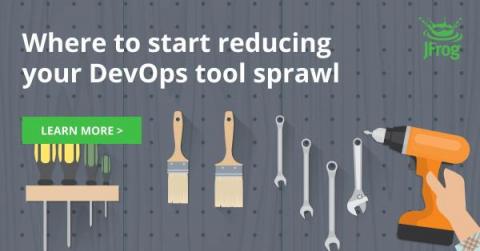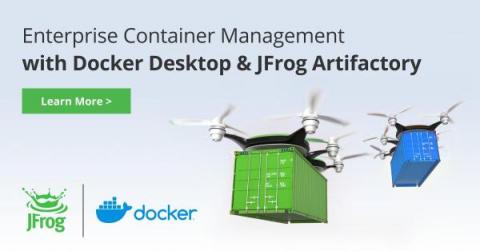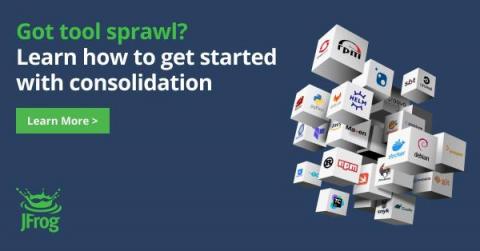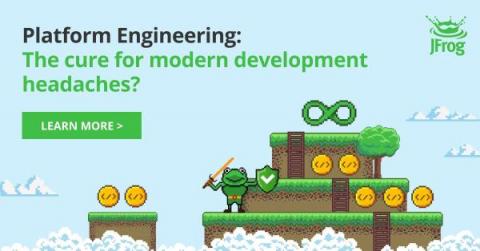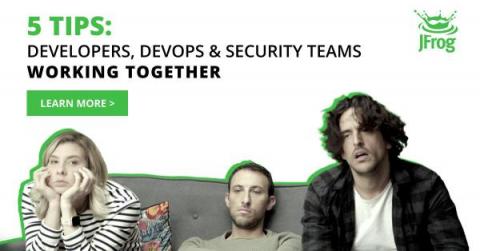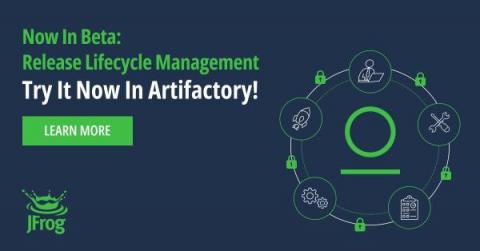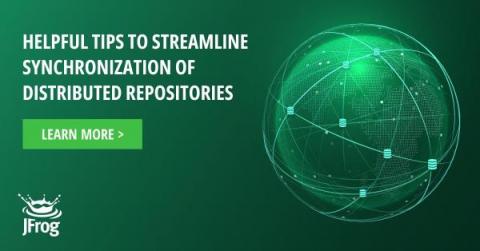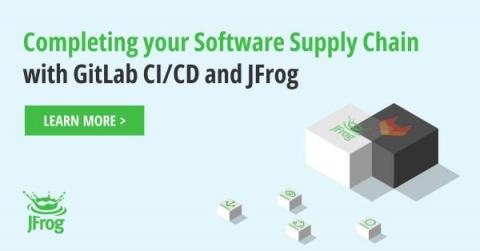Making the Move to Consolidation: Reducing Sprawl in 2023
For DevOps, 2023 is the year to reduce tool sprawl and start tool consolidation efforts. Sprawl is often seen as a natural result of the flexibility and empowerment of dev teams to choose their own tools, but organizations now understand the need for a single, streamlined system. While flexibility to choose the right tool for the job has enabled teams to move quickly, the result is a complex web of systems and processes to deliver software.


